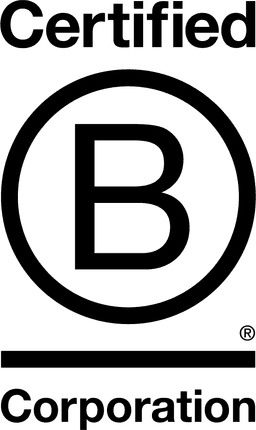

CEIBS Ruiyi Enterprise Management Co. Ltd

Shanghai, China
February 2020
Other business support
Service with Minor Environmental Footprint
China
CEIBS Ruiyi is the only operating company of CEIBS(China Europe International Business School) Alumni Association. CEIBS Ruiyi uses an innovative business model to operate the Alumni Association by consolidating alumni, integrating resources, and driving alumni enterprises to practice social responsibility. And locked its mission as 'Service to Alumni, Contribution to CEIBS and Dedication to Society'. CEIBS Ruiyi uses profitability to support alumni organizations which contribute for vulnerable groups and practice social responsibility. CEIBS Ruiyi also builds up CEIBS charity alliance in alumni community. Through the annual series activities on 'Corporate Social Responsibility', CEIBS Ruiyi awards the best practice, publishes CSR report with CEIBS and calls on alumni enterprises in sustainable development, the social progress for good, and the protection of the environment. CEIBS Ruiyi customizes 'leadership development program'for alumni organizations' main leaders and other relevant projects for alumni enterprises to help widen visions and improve management, efficiency, social responsibility and social impact. CEIBS Ruiyi runs industrial park in Zhenjiang and Alumni Headquarter Buildings in Suzhou.
Overall B Impact Score
Governance 13.3
Governance evaluates a company's overall mission, engagement around its social/environmental impact, ethics, and transparency. This section also evaluates the ability of a company to protect their mission and formally consider stakeholders in decision making through their corporate structure (e.g. benefit corporation) or corporate governing documents.
What is this? A company with an Impact Business Model is intentionally designed to create a specific positive outcome for one of its stakeholders - such as workers, community, environment, or customers.
Workers 35.7
Workers evaluates a company’s contributions to its employees’ financial security, health & safety, wellness, career development, and engagement & satisfaction. In addition, this section recognizes business models designed to benefit workers, such as companies that are at least 40% owned by non-executive employees and those that have workforce development programs to support individuals with barriers to employment.
Community 32.0
Community evaluates a company’s engagement with and impact on the communities in which it operates, hires from, and sources from. Topics include diversity, equity & inclusion, economic impact, civic engagement, charitable giving, and supply chain management. In addition, this section recognizes business models that are designed to address specific community-oriented problems, such as poverty alleviation through fair trade sourcing or distribution via microenterprises, producer cooperative models, locally focused economic development, and formal charitable giving commitments.
What is this? A company with an Impact Business Model is intentionally designed to create a specific positive outcome for one of its stakeholders - such as workers, community, environment, or customers.
Environment 8.7
Environment evaluates a company’s overall environmental management practices as well as its impact on the air, climate, water, land, and biodiversity. This includes the direct impact of a company’s operations and, when applicable its supply chain and distribution channels. This section also recognizes companies with environmentally innovative production processes and those that sell products or services that have a positive environmental impact. Some examples might include products and services that create renewable energy, reduce consumption or waste, conserve land or wildlife, provide less toxic alternatives to the market, or educate people about environmental problems.
Customers 3.6
Customers evaluates a company’s stewardship of its customers through the quality of its products and services, ethical marketing, data privacy and security, and feedback channels. In addition, this section recognizes products or services that are designed to address a particular social problem for or through its customers, such as health or educational products, arts & media products, serving underserved customers/clients, and services that improve the social impact of other businesses or organizations.